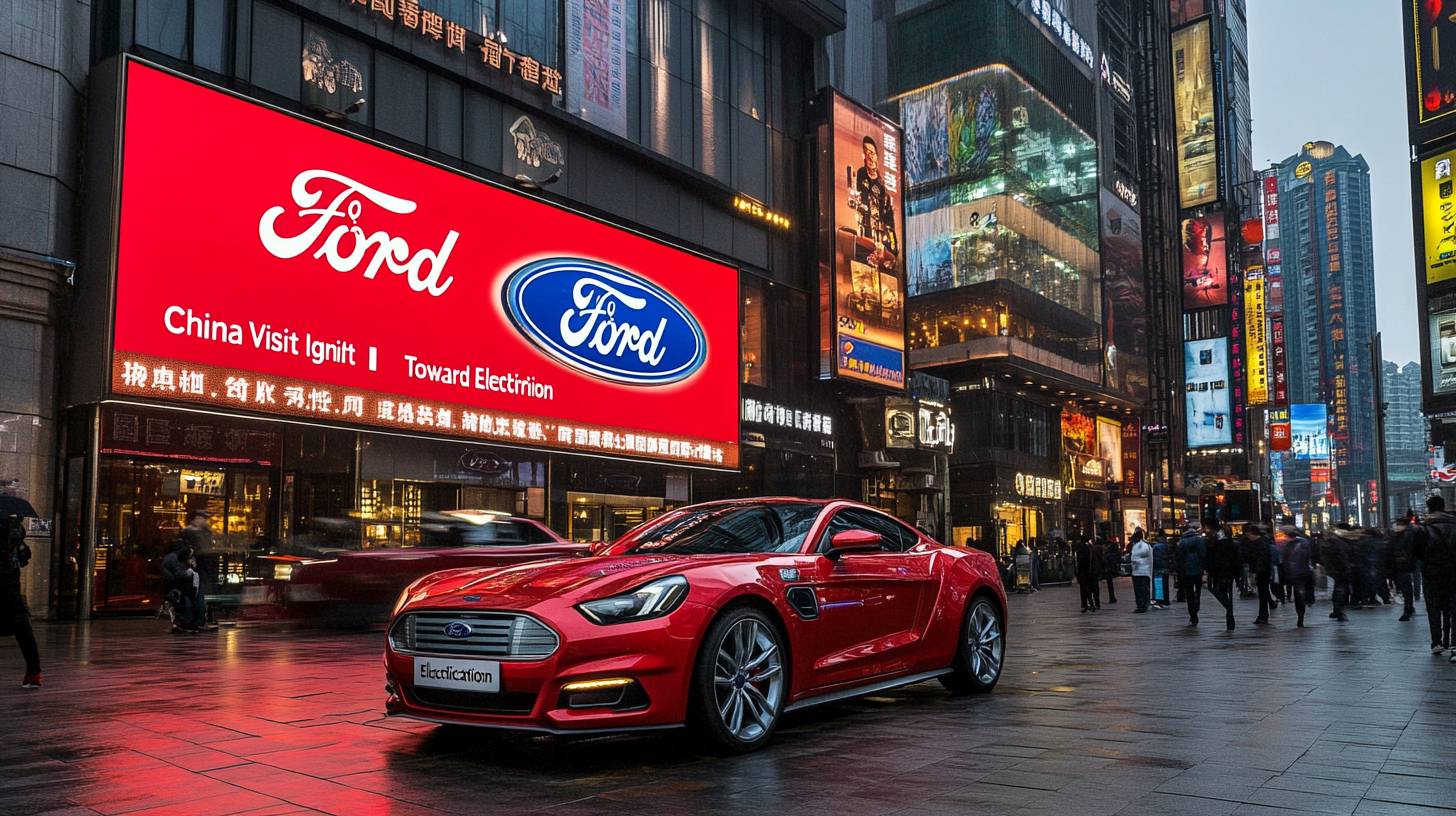
Ford alters direction towards hybrids amid EV hurdles
In the previous month, Ford executed a notable shift in its electric vehicle (EV) strategy, surprising both supporters and detractors. The manufacturer revealed a pivot from its ambitious objective of a completely electric range, instead deciding to concentrate on hybrid models. This strategy change, which could set Ford back as much as $1.9 billion, represents a significant realignment in its EV market approach. The company abandoned plans for a three-row electric crossover, opting instead for three-row hybrid SUVs, a category it predicts will appeal more to consumers, particularly those accustomed to its well-liked Explorer series.
Ford’s Chief Financial Officer, John Lawler, conveyed that this decision stemmed from a mix of market dynamics, including intense competition, changing customer preferences, and the substantial expenses associated with EV batteries. “This is really about us being flexible and responding to feedback from our customers,” Lawler commented in August. He further specified that the company was unable to create a fully electric vehicle that would turn a profit in its initial year of launch. The considerable costs of battery technology represent a major challenge, complicating Ford’s ability to achieve financial objectives while offering a competitive product.
Though the choice to emphasize hybrids over EVs may appear to be a sensible financial strategy, it also illustrates the broader obstacles facing automakers during the shift to electric mobility. The expense of producing EVs, along with unpredictable demand and stiff competition, has compelled Ford to reevaluate its strategies. For Australian investors and enterprises, this transition underscores the intricacies of the global EV marketplace and the necessity of balancing innovation with financial health. Ford’s redirection may also indicate prospects for hybrid technology to gain increased momentum in regions like Australia, where the adoption of fully electric vehicles is lagging compared to other markets.
Chinese carmakers present an increasing threat to Ford’s international goals
Ford CEO Jim Farley has become increasingly vocal about the real threat that Chinese car manufacturers pose, especially in the electric vehicle (EV) domain. The emergence of Chinese EV producers has created ripples across the global automotive landscape, affecting Ford as well. Farley’s apprehensions intensified following a 2023 trip to China, where he and other Ford officials were astounded by the swift advancements made by local manufacturers. During the visit, Farley and Ford CFO John Lawler had the opportunity to test an electric SUV made by Changan, Ford’s joint venture partner in China. The vehicle’s impressive performance, luxurious interior, and cutting-edge technology left a strong impression on the executives. “These guys are ahead of us,” Lawler reportedly told Farley after the test drive, highlighting the competitive disparity that Ford must now navigate.
This development holds particular significance for Australian investors and businesses. The increasing influence of China in the EV space is not merely a regional concern; it’s a global issue. Farley has drawn parallels between the rise of Chinese manufacturers and the emergence of Japanese brands during the 1980s and 1990s, and more recently, the growth of South Korean manufacturers like Hyundai and Kia. The critical distinction today is the rapidity with which Chinese companies are innovating, particularly in domains like battery technology and vehicle software — areas where Ford and other Western automakers are facing challenges in maintaining pace.
Chinese EV manufacturers are already making substantial inroads into significant markets such as Europe, and it is inevitable before they target Australia. With their capacity to produce cost-effective, technologically sophisticated vehicles, Chinese carmakers could present a major challenge to established brands like Ford, Toyota, and General Motors in the Australian marketplace. This is particularly relevant as Australia’s EV penetration rate, while increasing, is still relatively modest in comparison to other developed countries. The introduction of affordably priced Chinese EVs could hasten this transition, potentially altering the local automotive sector.
For Ford, the obstacle extends beyond competing on cost. Chinese manufacturers are also leading advancements in areas like battery efficiency, autonomous driving technology, and in-car connectivity — all becoming increasingly essential to consumers. As Farley pointed out, this competition is not merely about market share; it’s a struggle for technological supremacy. The question facing Ford, and indeed the wider automotive industry, is whether they can innovate swiftly enough to keep pace with their Chinese competitors.

